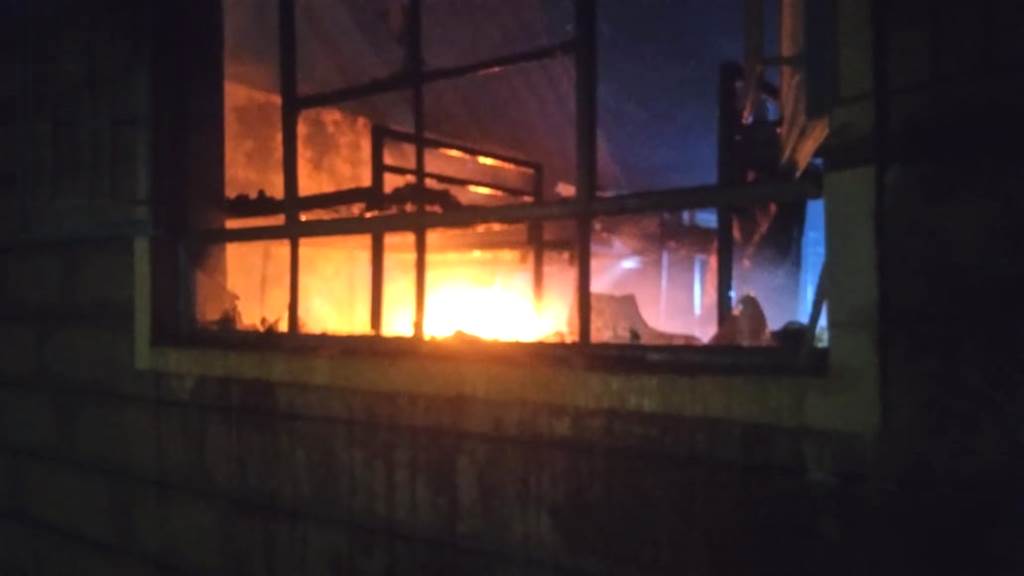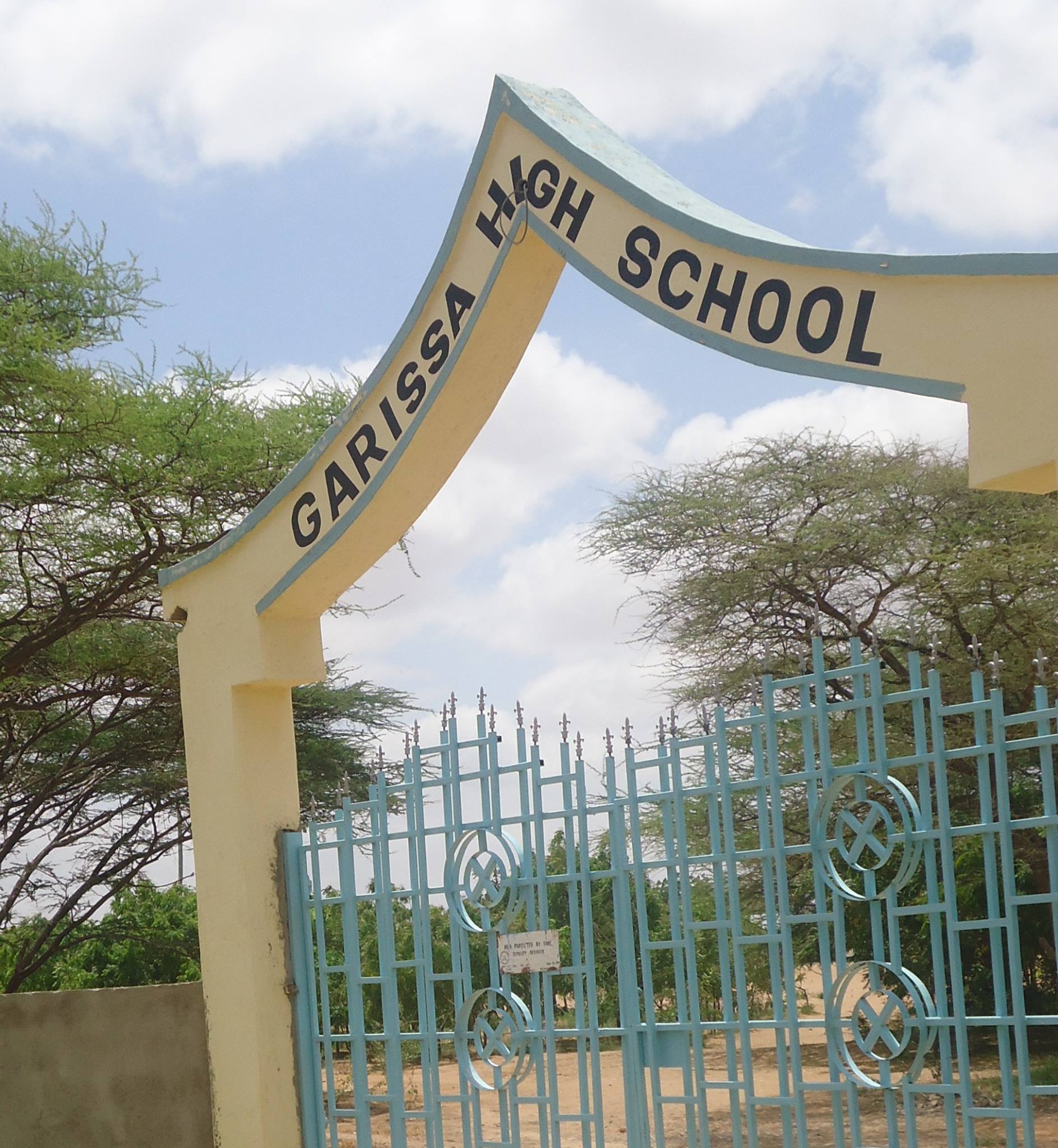In today’s world, the safety of our children has become an urgent concern, especially in light of recent events such as school fires and other safety incidents. As we witness heartbreaking tragedies, it is clear that the responsibility for ensuring safe environments for students falls on the shoulders of parents, educators, and government officials alike. Creating a secure atmosphere where children can learn, grow, and thrive without fear is not just a goal – it is a necessity.
Parents are often the first line of defence when it comes to their children’s safety. Their role in educating children about safety protocols—both at home and in the community—cannot be understated. Open communication is vital; parents should encourage their children to express concerns about various safety issues, such as bullying, online threats, or even physical safety in their surroundings. Recent incidents involving school fires have highlighted the need for parents to engage in conversations about emergency preparedness, ensuring that children know what to do in case of an emergency.
In addition to communication, parental involvement in school safety initiatives is crucial. When parents participate in school activities and safety programs, they gain valuable insights into the measures being implemented. This collaboration with school officials can significantly enhance safety efforts. Establishing a strong connection between home and school fosters a culture of safety that benefits students.
School leaders, including principals and administrators, hold a significant responsibility for the safety of their pupils. They must ensure that schools are equipped with comprehensive safety plans that address various potential threats, including fires, natural disasters, and violent incidents. The recent spate of school fires has underscored the importance of having effective fire safety protocols in place. Regular safety drills should be conducted to prepare both staff and students for emergencies, instilling confidence in their ability to respond appropriately.
YOU MAY ALSO READ:
https://educationnews.co.ke/11000-jss-classrooms-constructed-to-host-grade-9-learners-ps-kipsang-says/
Moreover, school leaders should prioritize mental health resources, recognizing that a safe environment encompasses emotional well-being. Providing access to counselors and mental health programs can help address issues before they escalate, particularly in the wake of traumatic events. Schools must cultivate an inclusive atmosphere where every student feels valued and safe to express themselves, reducing the risk of isolation that can lead to dangerous behaviors.
Government agencies also play a crucial role in establishing safety regulations and providing resources for schools. Policies must be enacted to ensure that all schools meet safety standards, including infrastructure assessments and emergency preparedness training. Funding should be allocated for safety measures such as security personnel, surveillance systems, and public awareness campaigns. In light of recent incidents, governments should consider revising building codes to enhance fire safety in schools, ensuring that facilities are equipped with modern fire prevention systems.
Furthermore, government support for initiatives that promote safe routes to school is essential. Improving infrastructure such as sidewalks, crosswalks, and proper lighting can make a significant difference in child safety during their commutes. Collaboration with local law enforcement can further enhance neighborhood safety, ensuring that children are protected as they travel to and from school.
The community also plays a vital role in ensuring the safety of pupils. Local businesses and organizations can contribute by sponsoring safety programs, donating resources, or offering their facilities for safety workshops. Community awareness campaigns can educate residents about the importance of child safety, encouraging them to report suspicious activities. By fostering a sense of community vigilance, we can create an environment where children feel supported and safe.
In our increasingly digital world, technology can enhance safety measures in schools. Implementing systems that allow real-time communication between parents and staff during emergencies can keep families informed and engaged. Educational programs about online safety and responsible digital citizenship should be integrated into school curriculums to teach children how to navigate the online world safely, preventing cyberbullying and other online threats.
Ultimately, ensuring the safety of pupils requires a cultural shift within schools and communities. Schools must strive to create environments where safety is prioritized and openly discussed. Training programs for teachers and staff should emphasize recognizing signs of distress in students and intervening appropriately. When educators are equipped to handle safety concerns sensitively and effectively, they foster trust and security within the school community.
Lastly, the safety of pupils is a collective responsibility that necessitates the active involvement of parents, school leaders, and government officials. By working together, we can create environments where children feel secure and supported in their educational journeys. As we reflect on recent tragedies, it becomes evident that prioritizing safety measures, promoting open communication, and fostering a strong sense of community are essential steps in ensuring that all pupils have the opportunity to learn and grow in a safe and nurturing environment.
By Grace Birya
You can also follow our social media pages on Twitter: Education News KE and Facebook: Education News Newspaper for timely updates.
>>> Click here to stay up-to-date with trending regional stories
>>> Click here to read more informed opinions on the country’s education landscape






